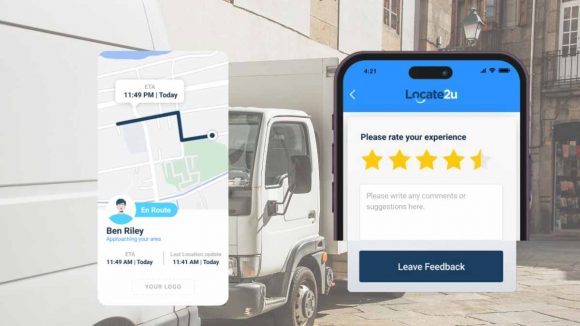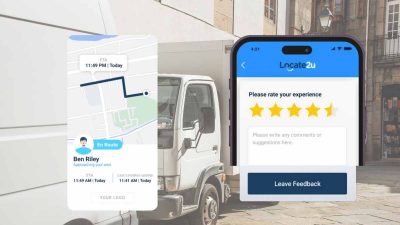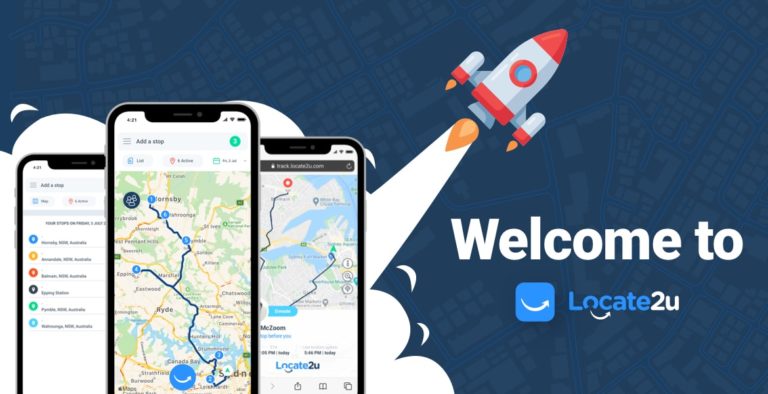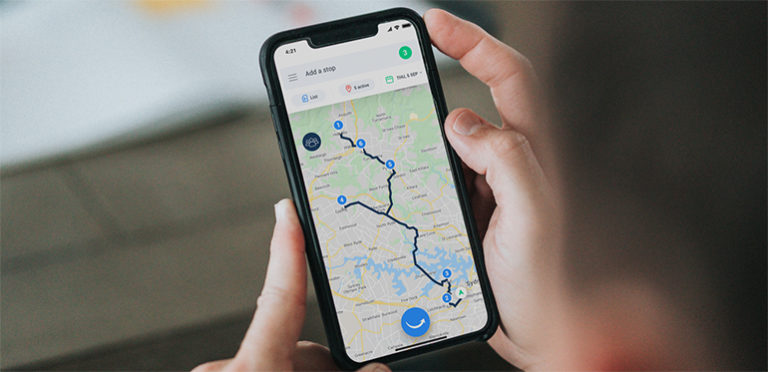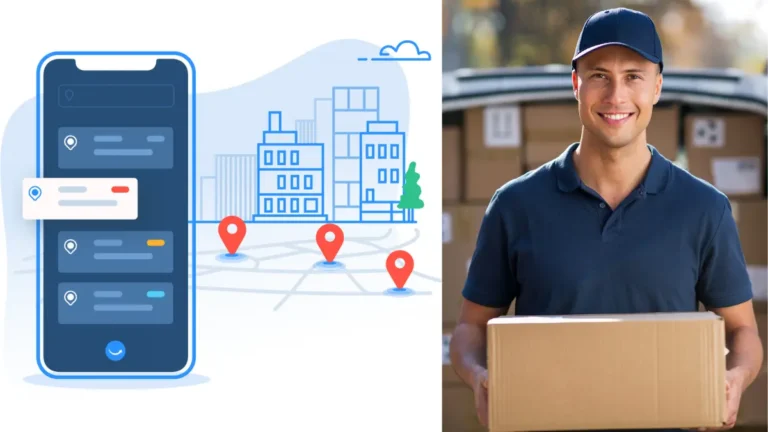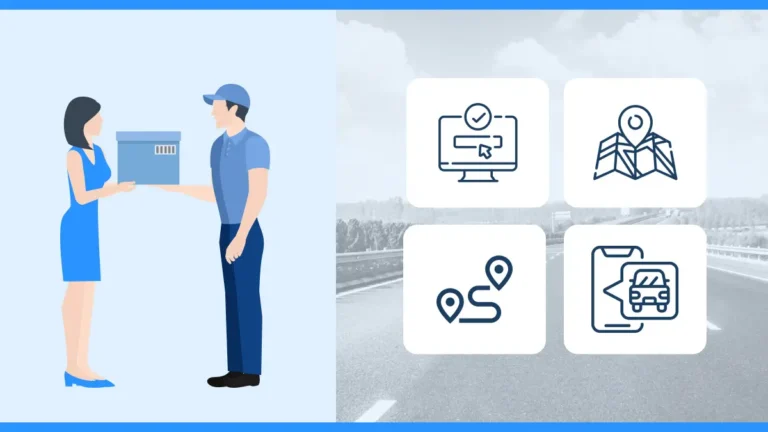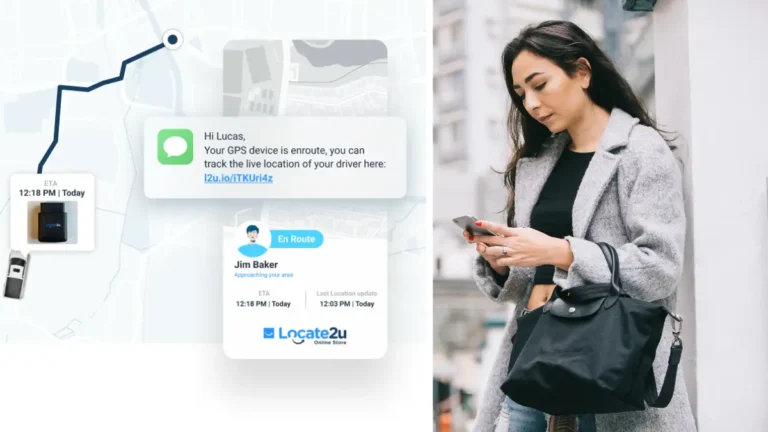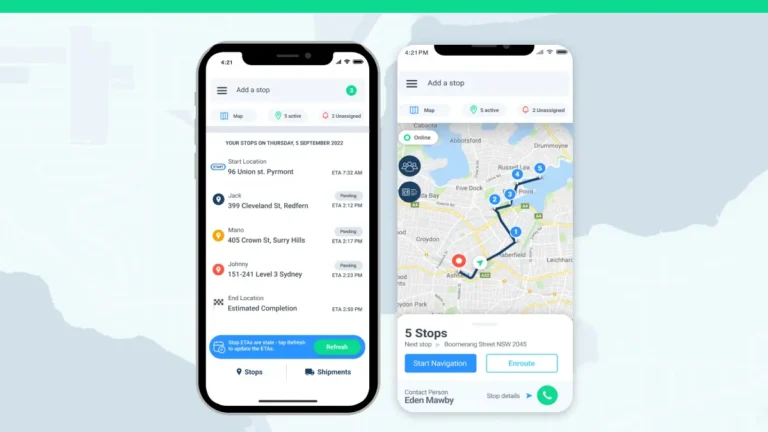Last-mile delivery is the primary point of direct customer interaction, influencing their satisfaction and loyalty.
If customers are unhappy with the cold pizza or the scratched furniture, they want someone to acknowledge the problem and fix it immediately.
However, this last phase of the supply chain presents challenges. The final mile delivery includes unpredictable traffic, busy city buildings, unavailable customers, and wrong addresses.
When it comes to customer feedback, optimizing the last-mile delivery is crucial.
Here are five ways to improve your last-mile delivery and secure those 5-star reviews.
1. Prioritize Real-Time Communication During Last-Mile Delivery
E-commerce brands known for transparency and real-time updates throughout the delivery process enjoy higher customer satisfaction ratings.
According to research, nearly 90% of customers share good experiences with others, and if you prioritize transparency, you will benefit from loyal customers.
If only they were kept in the loop, customers would be more understanding when they were informed that a parcel would be late due to a holdup and delay beyond the driver’s control.
A live tracking link and an estimated arrival time (ETA) give customers control over the last-mile delivery process and create less anxiety.
A lack of communication can lead to frustration and missed deliveries. Geofencing lets businesses automate notifications to customers to keep them updated with information.
2. Optimize Last-Mile Delivery Routes for Speed and Punctuality

Speed is essential in the delivery space. It’s the wow factor that makes customers buy impulsively.
Locate Technologies CEO Steve Orenstein wrote in his book Delivery: “Speed is really important, but if you’re not offering speed, then allowing that customer to choose when that product will arrive is a great alternative.”
You need the right tools to ensure your drivers are productive on the road and meet each of the ETAs as promised. Route optimization is fundamental to achieving faster deliveries.
It calculates the most efficient path, considering real-time traffic, road conditions, and even the time spent at each home. The software helps drivers minimize travel distances and fuel consumption.
Customers rate their drivers better when they are happy with their fast deliveries.
3. Delivery Driver Professionalism
Good driver ratings impact the brand. A graceful apology can set drivers apart and foster customer understanding even when things go wrong.
A positive attitude can go a long way. Customers remember the one driver who went above and beyond to make the delivery special and on time.
Here are small things that can improve the last-mile delivery experience:
- Professional appearance of the driver
- Branded uniform
- Polite attitude
- Efficiency
- Customer understanding
4. Meet and Exceed Customer Last Mile Delivery Expectations
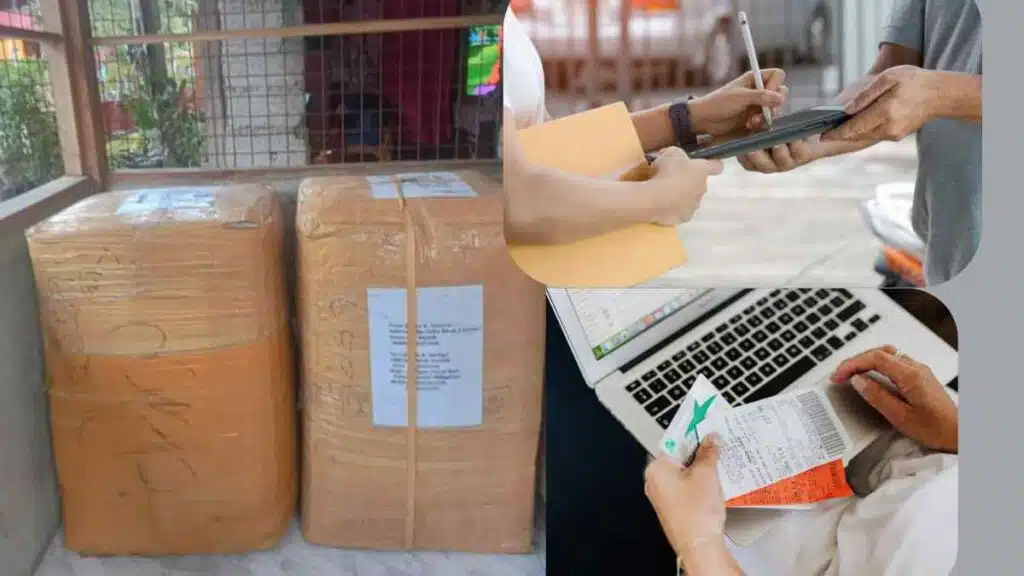
Some customers have special instructions for the last-mile delivery. It can be to leave the package at a particular place or in a certain way.
Proof of Delivery software is essential to making this process seamless.
PoD helps drivers take a photo of themselves adhering to a specific instruction. This way, there are no future disputes about whether the delivery was made accordingly.
When customers have the flexibility to choose specific dates and time windows, it gives them convenience, which translates into five-star ratings. It speaks about the customer experience.
Striving to meet clear instructions consistently is key to building trust and loyalty.
5. Implement Robust Feedback Systems
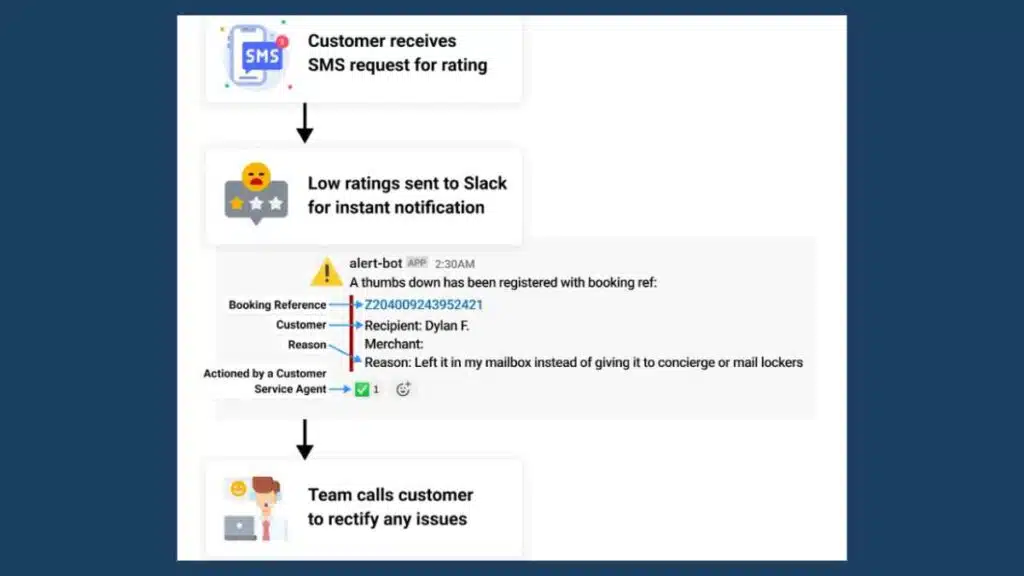
It’s important to get feedback directly after the delivery is completed. This is when the experience is still fresh in their mind. It’s key to negative public reviews.
When feedback is live and immediate, your business can almost immediately rectify the problem or issue. Leaving it for a few days to reflect on how to solve the problem will only result in another bad review.
A system that allows for feedback can turn a bad situation into a positive one. You might not always know what is happening on the other side of the business.
About the author
Mia is a multi-award-winning journalist. She has more than 14 years of experience in mainstream media. She's covered many historic moments that happened in Africa and internationally. She has a strong focus on human interest stories, to bring her readers and viewers closer to the topics at hand.

